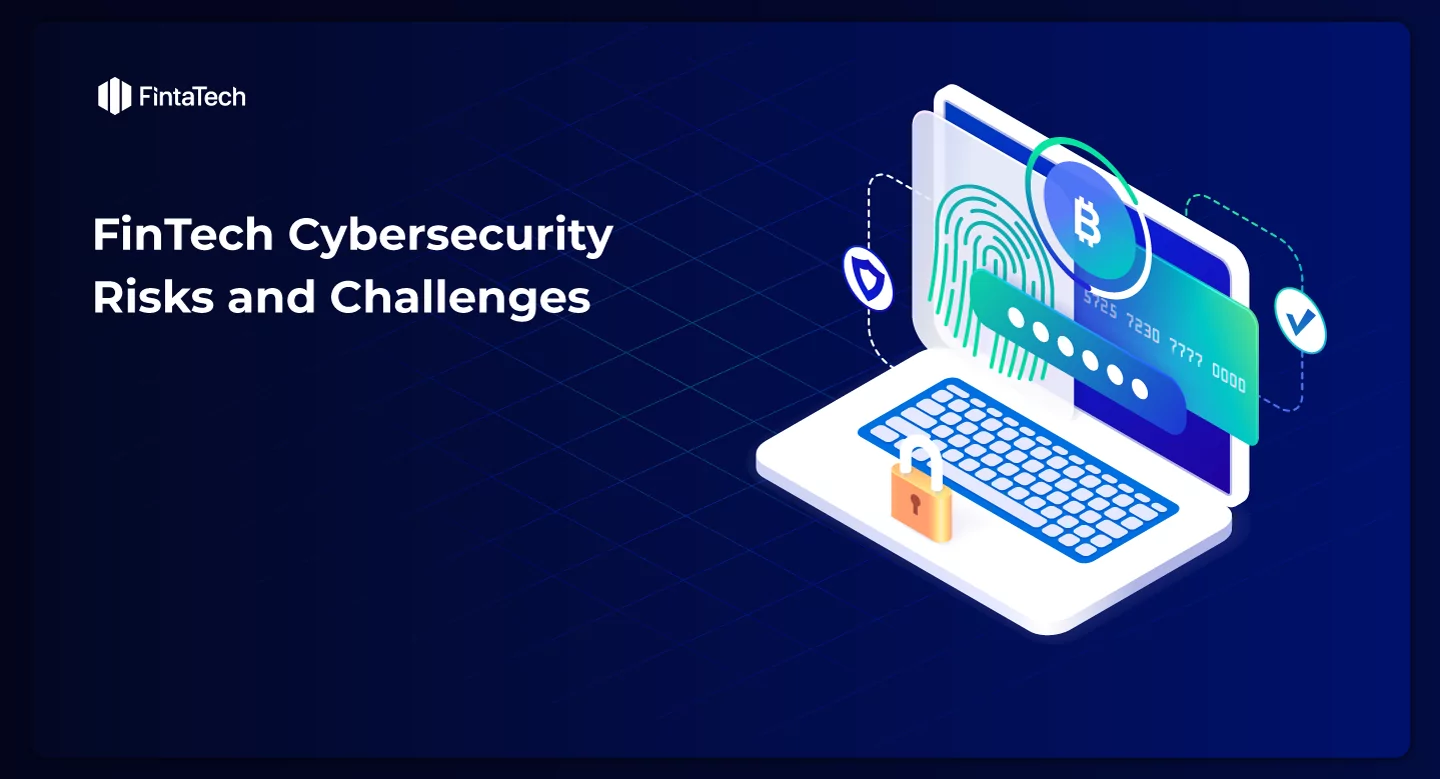If in the real world, the big fish for thieves is usually a bank or a jewelry store, in the digital world, this deceptive bait is typically a fintech company. Vast amounts of money are transferred through such resources, and cybercriminals will always want to get hold of this money. Therefore, fintech cybersecurity should be in the first place for owners of such businesses. This is the only way you can earn the trust of potential customers and find a common language with insurance companies. After all, everyone who enters this game takes a particular risk. And these risks should be minimal. In this article, we will tell you the main points you should know to increase your fintech company’s cybersecurity level.
Main risks and challenges
So what are the fintech cybersecurity risks, and what is the list of the most common ones? Let’s take a closer look.
- DoS and DDoS attacks
Such attacks aim to make your resource stop functioning correctly or respond to user requests. In a nutshell, attackers send many requests to your software, thereby overloading all its systems. This leads to the server losing the ability to process requests, and your entire service temporarily stops functioning. This entails reputational consequences and often — significant financial losses because if the systems do not work, you can not make money on your software. Such dirty methods are often used by unscrupulous competitors, especially if you are planning a large-scale event.
- Internal “rats”
We are not trying to make you distrustful and pretend that we do not live in the real world but in a spy movie. But one of the main reasons why fintech and cybersecurity should always go hand in hand is that companies’ employees often cause information leaks and failures. However, competitors may resort to bribing your employees when the stakes are high. Customer data leaks, financial losses — all this becomes possible when one of the employees decides to move to competitors or wants to get rich.
- Fuzz testing
Unlike DDoS attacks, which have existed for a long time, this cybersecurity threat emerged not so long ago. More precisely, this technique began to be used with the advent and spread of artificial intelligence. As you know, many fintech companies use artificial intelligence in their work. It greatly simplifies the life of traders and brokers, allowing them to calculate disproportionately more significant amounts of data than if a person made such calculations. But there is a new threat here — fuzzing. It is to enter false indicators and numbers into the data array that will be processed by artificial intelligence. As a result, the accuracy of forecasts and calculations will be significantly reduced. If, for example, traders automatically execute their trades using your software, the profitability of their trades can be significantly reduced after fuzzing. In the long run, you may lose customers because no one wants to use a service that provides poor quality services.
- Data leakage and theft
From time to time, the tabloids are full of headlines that another large company has faced a large-scale leak of customer data. This can be essential data — such as phone numbers, addresses, or even full credit card details. This can become a catastrophic stain on the company’s reputation and lead to significant inconvenience for the company’s customers. Usually, to get the necessary data, attackers resort to various tricks. First, it must be malware — or, as we are all more accustomed to calling it, a virus. Thieves also often plan phishing attacks, and even worse — they can create copy sites of your resources where users will mistakenly leave their data. Therefore, thinking about cybersecurity, fintech should do everything possible to protect customer data fully.
- Loopholes in the field of third-party services
Often the weakest point of your security is where you partially transfer functions to third-party services. For example, this usually applies to payment services because for everything to work legally and correctly, you will need to connect a payment service. Most often, such services are located on the side of banks that process such financial transactions. But this is where significant risks are hidden because the connection point between the two software often remains poorly protected compared to both systems taken separately. Secondly, such solutions often require a large number of custom APIs, which also leads to increased risks.
How can you cope with it
Specifically, you will only need to do one thing — find one of the cybersecurity fintech companies that provide services for software development and complete protection against external and internal threats.
Their work may include the following:
- Development of fintech app security solutions — automated systems to counter various threats. For example, automated systems can filter and clean the traffic, protecting your resources from potential DoS and DDoS attacks.
- Adding two-factor authentication to your resources. Even though such a solution will slightly lengthen the user’s path and slow down the login to the personal account, it will significantly increase the security of his profile. Two-factor authentication is one of the key trends in cybersecurity, and services that somehow interact with customer data are actively implementing this type of protection in their systems. Thanks to two-factor authentication and authorization in the personal account, the user will need to enter a password and user name and confirm his identity in another way – via SMS, Face ID, or e-mail.
- Analysis of weaknesses in the system and improvement of existing levels of protection. Even if five years ago, during the development of your software, your website or application fully complied with the then cybersecurity standards, most likely now your systems are somewhat outdated. The programs used by attackers to steal data are constantly updated and developed, which leads to new risks and dangers for your software. Every system, even the most reliable one, needs a full-scale update from time to time.
Who can help build a reliable infrastructure for a fintech company?
We suggest you contact the FintaTech team. We develop, improve and protect software for fintech companies and have extensive experience with software for traders and brokers. Among other things, we offer turnkey software development with the help of Trading Platform Designer — our designer that allows you to quickly create software and fully customize it to the needs of your business.
We pay highly great attention to the security of our services. After all, we know that the financial transactions that your business often works with require appropriate protection. Therefore, we offer to implement the most advanced solutions to protect your customers’ data and increase the reliability of the software for your company.
To find out more details, sign up for a consultation. Our experts will answer all your questions and tell you how we can protect your software fully.




Twitter
Linkedin
Facebook